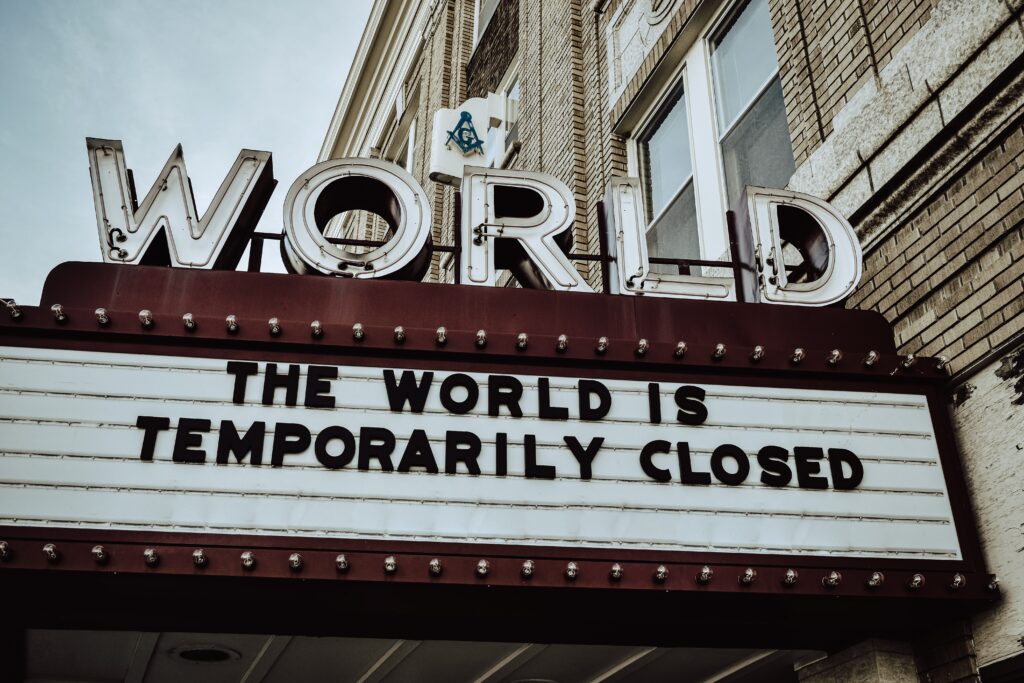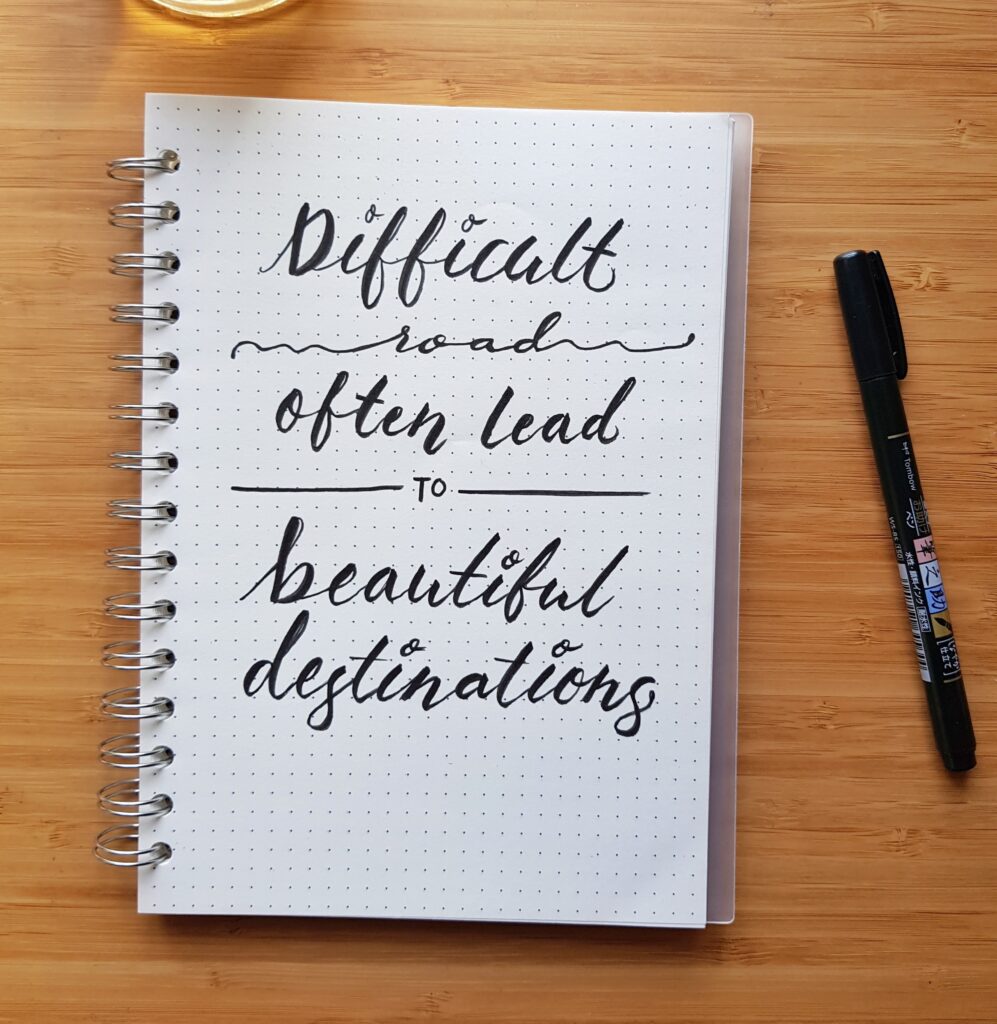Recognizing Burnout After The Pandemic: The New Normal of Overexertion

The word ‘burnout’ has seen an exponential surge in use after the onset of the COVID-19 pandemic. With the blurring of boundaries between personal and professional life, the relentless uncertainty of the times, and the altered dynamics of the workplace, burnout has become an invisible epidemic that affects many.
Signs of Burnout
Burnout is a state of chronic physical and emotional exhaustion, often coupled with feelings of cynicism and detachment. While everyone may experience these signs differently, some common indicators include:

- Chronic Fatigue: An enduring feeling of tiredness, no matter how much rest one gets.
- Insomnia: Difficulty falling asleep, or waking up in the early hours and not being able to get back to sleep.
- Forgetfulness and Lack of Concentration: Difficulty in maintaining focus or recalling information.
- Physical Symptoms: Chest pain, palpitations, shortness of breath, gastrointestinal issues, and frequent headaches.
- Increased Illness: A weakened immune system can lead to vulnerability to infections.
- Loss of Appetite: Or, in contrast, overeating in response to stress.
- Anxiety and Depression: Constant feelings of worry or persistent sadness and hopelessness.
- Detachment: Feeling alienated from coworkers, friends, and even family.
- Decreased Satisfaction and Sense of Accomplishment: No longer feeling valued or seeing value in one’s contributions.
- Pessimism: Adopting a negative outlook towards work and life in general.
The Pandemic’s Role in Burnout

The onset of the pandemic saw the following shifts, intensifying burnout:
- Remote Work and Its Challenges: Transitioning to working from home meant juggling professional duties while managing home responsibilities, often without clear boundaries.
- Lack of Social Interaction: Reduced face-to-face interactions and reliance on virtual meetings often led to feelings of isolation.
- Job Insecurity: With businesses shuttering or downsizing, many faced the threat of unemployment, leading to taking on more work to prove their worth.
- Overexposure to Technology: Continuous screen time, constant email notifications, and the compulsion to be always available contributed to fatigue.
- The Continuous News Cycle: Relentless updates on the news, often negative or conflicting, induced a sense of despair.
- Lack of Recovery Time: With no distinct work hours, many found themselves working longer, without adequate breaks.
Addressing Burnout in Post-Pandemic Times

Recognizing the signs and being proactive in addressing the challenges of burnout is more vital than ever.
Here are some ways to manage or even prevent burnout during challenging times:
- Establish Clear Boundaries: Designate specific work hours and stick to them. Create a dedicated workspace at home to mentally separate work and relaxation.
- Digital Detox: Allocate specific times to check emails and ensure regular breaks from screens.
- Seek Social Connections: Engage in regular conversations with loved ones, colleagues, and friends. Consider starting or joining a Mastermind group or a book club. Remember, you’re not alone in this.
- Physical Activity: Regular exercise can help reduce stress and anxiety. Even simple activities like walking can make a difference.
Remember that recognizing your limits is essential, Prevention is the first step, and engaging in self-care is not an option.
Self-Care Is Not Selfish

- Self-Care is Not Selfish: Many people feel guilty or selfish when they prioritize their own well-being. However, it’s important to understand that taking care of yourself mentally and emotionally is not selfish at all. In fact, it’s necessary. Just like we need to maintain our physical health through exercise and a balanced diet, we also need to nurture our mental and emotional health. When we neglect self-care, we become more susceptible to burnout, stress, and even physical health problems. It’s like putting on your own oxygen mask first in an airplane emergency before helping others – you’re in a better position to assist others when you’re well.
- Proactive Steps for Mental and Emotional Health: Being proactive means taking initiative and actively working on maintaining your mental and emotional well-being. Instead of waiting until you’re overwhelmed or burned out, you take steps ahead of time to prevent or manage these challenges. This proactive approach is a sign of strength because it shows that you are aware of your own needs and are willing to take action to protect your mental and emotional health.
- Strength and Resilience: Strength doesn’t mean never experiencing difficulties; it means having the capacity to cope with them effectively. Resilience is the ability to bounce back from adversity. When you engage in self-care and actively manage your mental and emotional health, you are building your strength and resilience. You’re better equipped to handle challenging situations, stressors, and setbacks, and you’re more likely to recover and adapt when faced with difficulties.
- Emerge with Balance and Well-Being: By consistently incorporating self-care practices into your daily life, you are more likely to maintain a sense of balance and well-being. Burnout and chronic stress can disrupt your life, making it challenging to enjoy the things you once did and affecting your relationships, work, and overall quality of life. When you prioritize self-care, you are taking steps to prevent these negative effects and ensure that you can continue to enjoy a fulfilling and balanced life.
In essence, self-care is a responsible and necessary act that contributes to your overall strength and resilience. It’s not selfish; it’s self-preservation. By making self-care a priority, you’re better equipped to handle life’s challenges and maintain a sense of well-being even in difficult times.
And, finally, remember you can Seek Professional Help: If feelings of anxiety, sadness, or detachment persist, it may be time to consider talking to a mental health professional.





